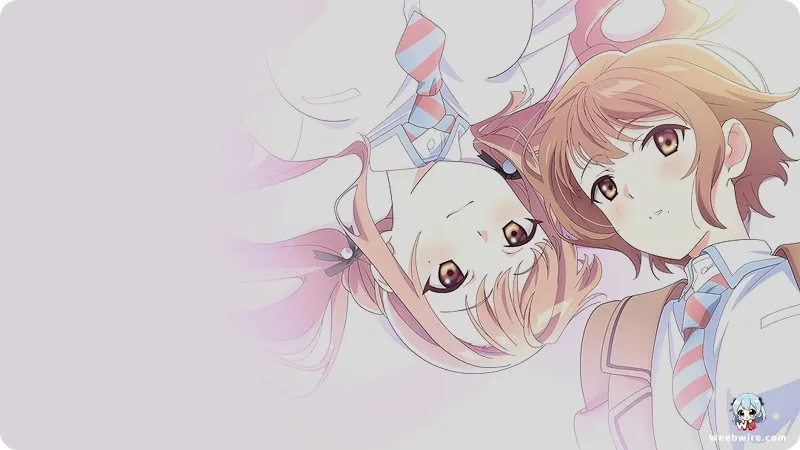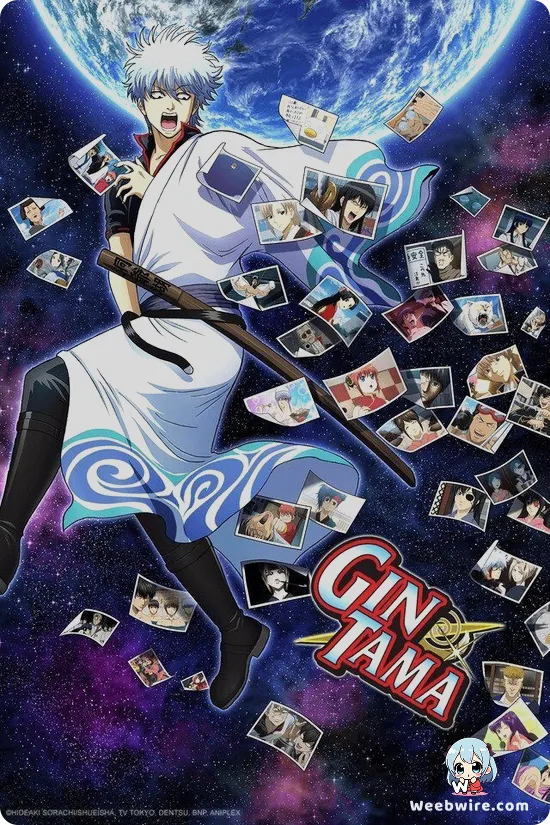The Unseen Complexity of 'Love Is Indivisible by Twins': Psychological Depth Behind the Twin Love Triangle

The series Love Is Indivisible by Twins (Kimi wa Futagoshime no Koto ga Suki na no?) has successfully moved beyond the typical constraints of the romantic comedy genre, captivating its readership. While the core premise involves protagonist Jun Shirosaki navigating a complex love triangle with twin sisters, author Kamon Kabei and illustrator Almic have infused the work with a significant psychological depth that elevates it far above standard harem narratives.
This is not merely a story about making a choice. Instead, it functions as an intricate character study that explores the duality of identity and the hidden emotional currents beneath outward appearances. The meticulous development of the Jinguji twins, Rui and Sumi, is crucial to the narrative's overall success.
The Duality of the Jinguji Twins
Rui, the twin who initially appears vibrant, socially adept, and highly visible, often conceals a deep-seated vulnerability. Her seemingly aggressive pursuit of Jun is rooted in a fundamental psychological burden common to siblings in a pair: a profound fear of being overshadowed or becoming an afterthought. Rui's dynamic energy acts as a carefully constructed shield, making her quest for Jun’s affection a desperate search for personal validation. She seeks assurance that she is chosen specifically for her unique self. This surprising layer of insecurity transforms her character from a simple energetic lead into a figure of notable pathos.

Conversely, Sumi defies the common cliché of the 'shy girl' archetype. Her reserved demeanor is a manifestation of profound emotional intensity and heightened observational skills. Sumi processes the world internally, meaning her quietness signifies a rich, detailed inner landscape rather than simple timidity. Consequently, when Sumi manages to break through her emotional barriers to express affection, those rare moments carry immense, almost overwhelming emotional weight for Jun.
The dilemma facing the protagonist, Jun, is therefore not a superficial choice between two distinct personalities, but a struggle to reconcile two fundamentally different ways of experiencing and perceiving love. One way is explosive and visible, while the other is deep and hidden.
Further enhancing this narrative complexity is the visual genius provided by Almic. The illustrator employs subtle yet effective visual language, utilizing distinct color palettes and clothing choices to communicate the twins’ inner worlds non-verbally. Rui is frequently depicted in dynamic hues suggesting movement and extroversion, whereas Sumi is rendered in softer, muted tones, reflecting her introspection. This detailed visual storytelling reinforces the central themes of duality and choice without relying solely on dialogue.
By designing Jun's extreme indecisiveness to mirror the audience's own difficulty in prioritizing these contrasting values, Kabei ensures the central dilemma remains genuinely compelling and challenging right up to the source material’s conclusion. Love Is Indivisible by Twins ultimately succeeds because it utilizes the twin dynamic not merely for comedic effect, but as a philosophical lens to examine self-worth and identity, proving that even a familiar trope can yield extraordinary depth when executed with such masterful psychological precision.
Credits
Love Is Indivisible by Twins
Author
Kamon Kabei
Cover Art
Almic
Studio
N/A
Publisher
ASCII Media Works (Dengeki Bunko)
Producers





